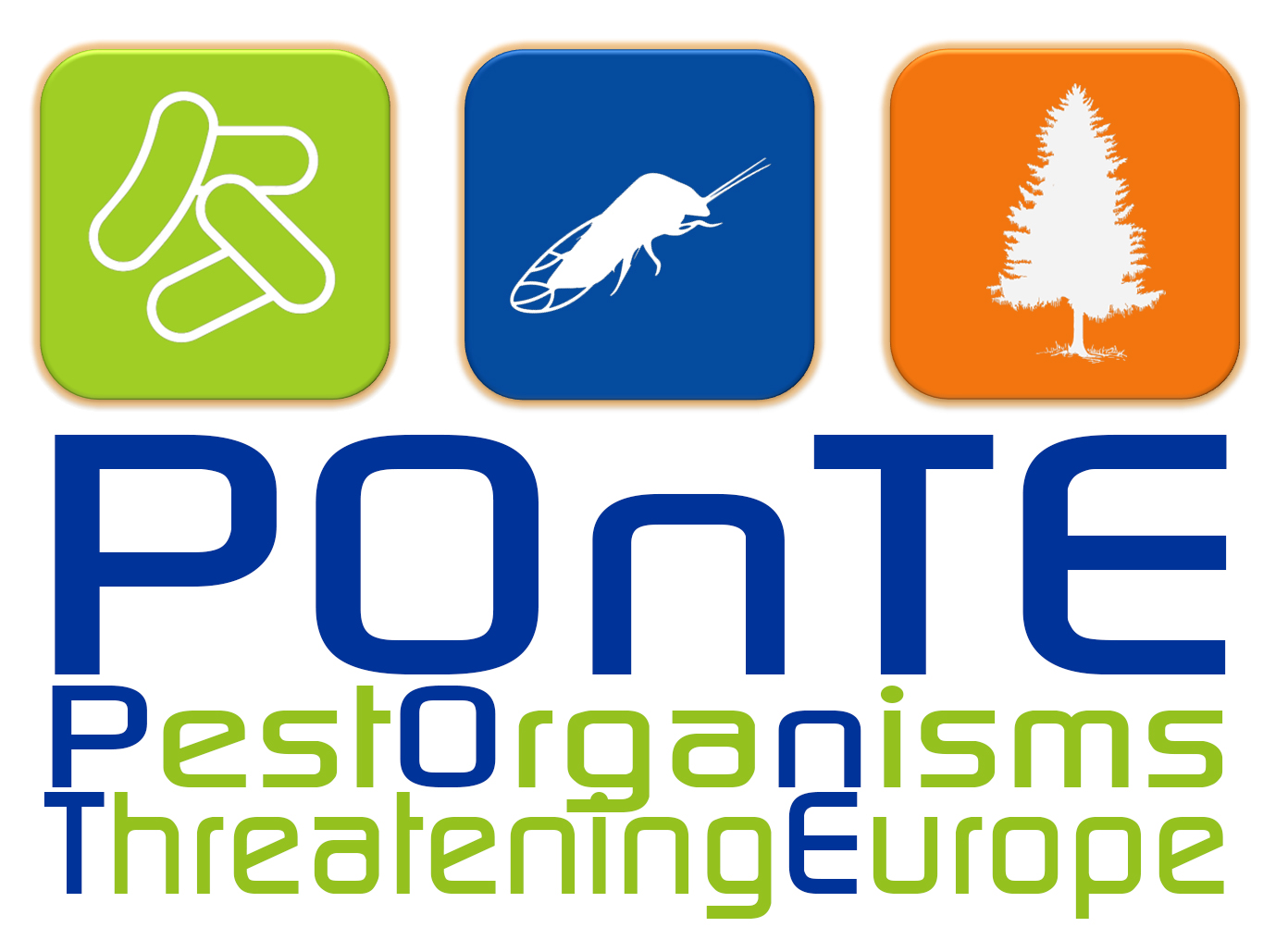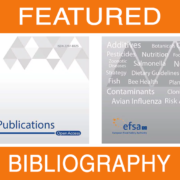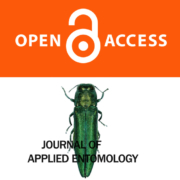Estimating the epidemiology of emerging Xylella fastidiosa outbreaks in olives
Authors
White S.M.*1, Navas-Cortés J.A.2, Bullock J.M.1, Boscia D.3,& Chapman D.S.4
*Corresponding Author
Affiliations
- 1UK Centre for Ecology & Hydrology, Wallingford, Oxfordshire, OX10 8BB, UK
2Instituto de Agricultura Sostenible (IAS), Consejo Superior de Investigaciones Científicas (CSIC), Avenida Menéndez Pidal s/n, 14004, Córdoba, Spain
3CNR, Istituto per la Protezione Sostenibile delle Piante (IPSP), via Amendola, 122/D, I-70126, Bari, Italy
4Biological and Environmental Sciences, University of Stirling, Stirling, FK9 4LA, UK
Abstract
Xylella fastidiosa is an important insect‐vectored bacterial plant pathogen with a wide host range, causing significant economic impact in the agricultural and horticultural industries. Once restricted to the Americas, severe European outbreaks have been discovered recently in Italy, Spain, France and Portugal. The Italian outbreak was detected in Puglia in 2013 and has spread over 100 km, killing millions of olive trees, and is still expanding. To date, quantified assessment of important epidemiological parameters useful for risk assessment and management, such as transmission rates, asymptomatic periods and time to death in field populations, has been lacking. This is due to the emergent and novel nature of the outbreak and length of time needed to monitor the course of disease progression. To address this, we developed a Bayesian method to infer epidemiological parameters by fitting and comparing compartmental epidemiological models to short snapshots of disease progression observed in multiple field plots. We estimated that each symptomatic infected tree is able to infect around 19 trees per year (95% credible range 14‐26). The asymptomatic stage was estimated to have low to negligible infectivity and to last an average of approximately 1.2 years (95% credible range 1.0‐1.3 years). Tree desiccation was estimated to occur approximately 4.3 years (95% credible range 4.0‐4.6 years) after symptom appearance. However, we were unable to estimate the infectiousness of desiccated trees from the data. Our method could be used more widely to make early estimates of epidemiological parameters in other emerging disease outbreaks where symptom expression is slow.
Funding
All authors are funded the by European Union’s Horizon 2020 research and innovation programme under Grant Agreement No. 727987 – XF-ACTORS “Xylella Fastidiosa Active Containment Through a multidisciplinary-Oriented Research Strategy”. Field monitoring data was supported by Grant Agreement No. 635646 – POnTE “Pest Organisms threaten Europe”. Support was also funded by Grant Agreement No. 734353 – CURE-XF “Capacity Building and Raising Awareness in Europe and in Third Countries to Cope with Xylella fastidiosa”.
Published on Plant Pathology on June 30, 2020








